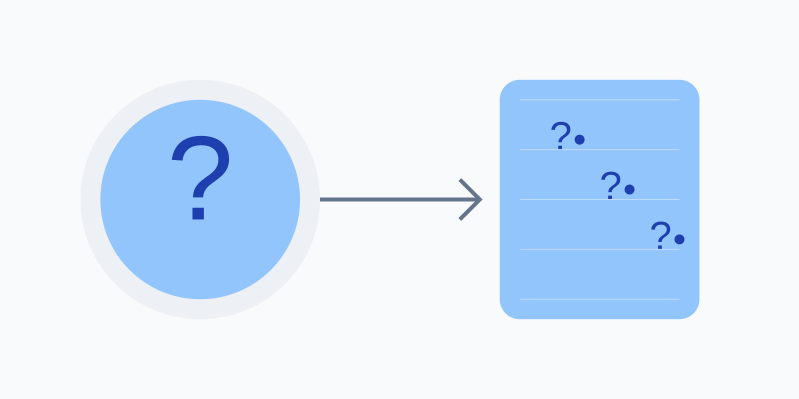Polls vs. Surveys: Understanding the Evolving Language of Research
The world of opinion research can sometimes feel like a linguistic maze. While many people associate polls with single-question inquiries, we regularly hear about election polls that clearly involve multiple questions. So what's really the difference between a poll and a survey? Let's unpack this fascinating evolution in research terminology.
The Traditional View vs. Modern Usage
The Traditional Distinction
Traditionally, many researchers have drawn this line:
- Polls: Quick, focused inquiries, often with a single question
- Surveys: Longer, more detailed questionnaires with multiple questions
But Here's Where It Gets Interesting...
Political polling completely challenges this simplified distinction. Consider a typical election poll that asks:
- Voting intention
- Party affiliation
- Demographics
- Issue positions
- Approval ratings
- Economic outlook
That's clearly more than one question, yet we invariably call it a "poll" rather than a "survey." Why?
The Evolution of Polling
The term "poll" has its roots in the literal counting of heads (the word comes from an Old Dutch term meaning "top of the head"). It evolved to mean the process of voting itself, and then to describing methods of measuring public opinion.
Why Election Research Stays "Polling"
- Historical precedent: The term "poll" has been associated with elections since the beginning of democratic processes
- Focus vs. Breadth: While election polls contain multiple questions, they maintain a singular focus - electoral behavior and opinions
- Public familiarity: Media and researchers maintain the term "poll" for election research because it's deeply embedded in public consciousness
A More Nuanced Understanding
Rather than strictly defining polls as single-question instruments, it's more accurate to think about them this way:
Polls Are:
- Focused on a specific topic or decision
- Time-sensitive
- Often meant for public consumption
- Designed for quick completion
- Typically use standardized methodologies
Surveys Are:
- More exploratory in nature
- Cover multiple topics
- Often more detailed and lengthy
- May be more methodologically diverse
- Usually designed for deeper analysis
The Research Professional's Perspective
From a professional standpoint, the distinction often lies more in purpose than structure:
- Polling typically aims to measure current opinion or intention
- Surveying often seeks to understand underlying attitudes, behaviors, or relationships
What This Means for Modern Research
The poll/survey distinction is becoming more fluid as research methodologies evolve. Modern research tools need to accommodate both:
- Quick, focused opinion measurement
- Complex, multi-variable investigations
Best Practices for Modern Research
- Focus on Purpose: Rather than getting caught up in terminology, focus on what you're trying to learn
- Choose Tools Wisely: Select platforms that can handle both focused polls and detailed surveys
- Consider Your Audience: Use terminology that your stakeholders understand
- Maintain Flexibility: Be prepared to scale from simple to complex as needed
The Future of Research Terminology
As research methodologies continue to evolve, we might need new terminology altogether. Terms like "opinion research," "public consultation," or "stakeholder engagement" are becoming more common, especially in professional contexts.
Conclusion
While the traditional poll/survey distinction offers a useful starting point, the reality is more nuanced. Modern research platforms need to accommodate everything from quick-pulse checks to complex parametric analysis. The key is not getting too hung up on terminology but rather focusing on getting the insights you need, whether through a focused poll or a comprehensive survey.
What matters most is having the right tools and methodology for your specific research needs, regardless of what you call them.
This post is part of our ongoing series about research methodology and best practices. For more insights about scientific polling and parametric survey techniques, visit our Resources section.

